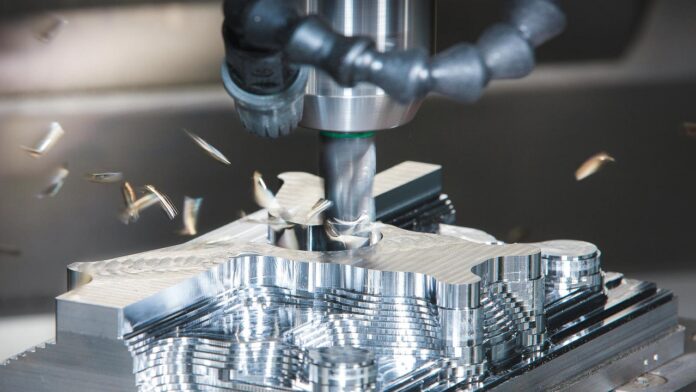Innovations in medical devices have transformed the healthcare landscape, revolutionizing patient care and treatment methodologies. The rapid advancement of technology, particularly in additive manufacturing, has played a pivotal role in this transformation. Among various additive manufacturing techniques, 3D printing has emerged as a game-changer, enabling the creation of complex medical device prototypes with unprecedented precision and efficiency. This article delves into the significance of 3D printing in medical device prototyping, what a great cnc machining company utilizes to give the best results in 3D printing and its far-reaching impact on the healthcare industry.
Introduction to 3D Printing and Its Application in Medical Device Prototyping
A cutting-edge method called 3D printing, also referred to as additive manufacturing, creates three-dimensional objects layer by layer from digital designs. Due to its capacity to create complex geometries and customized components with little material waste, it has greatly increased in popularity across a variety of industries. Prototyping for medical devices has undergone a revolution thanks to 3D printing.
The Versatility of 3D Printing in Creating Complex Medical Device Prototypes
A great CNC machining company utilizes 3D printing to create functional prototypes of medical devices, ranging from implants to surgical instruments. The technology offers the versatility to work with various materials, including biocompatible polymers and metals, allowing manufacturers to produce prototypes that closely mimic the final product’s mechanical properties. It enables healthcare professionals to evaluate the device’s performance under realistic conditions, enhancing the design and functionality before mass production.
Accelerating the Product Development Cycle
Medical device prototyping through 3D printing significantly expedites the product development cycle. Traditional prototyping methods often require time-consuming and costly tooling processes, delaying the evaluation and refinement of designs. 3D printing eliminates the need for complex tooling, enabling rapid iteration and quick design modifications. As a result, medical device manufacturers can bring innovative products to the market faster, ultimately benefiting patients with improved treatment options.
Personalized Medicine and Patient-Specific Devices
One of the most remarkable aspects of 3D printing in medical device prototyping is its potential to facilitate personalized medicine. Each patient has unique anatomical characteristics, and 3D printing allows for the creation of patient-specific devices tailored to individual needs. Whether it’s patient-specific implants or surgical guides, 3D printing empowers healthcare providers to deliver more precise and effective treatments, enhancing patient outcomes and quality of life.
Complex Geometry and Intricate Features
Certain medical devices require complex geometries and intricate features that traditional manufacturing methods struggle to achieve. 3D printing can effortlessly produce these geometries, allowing for the incorporation of lattice structures, porous surfaces, and other features that enhance the functionality of medical devices. Moreover, with 3D printing, multiple components can be consolidated into a single printed piece, reducing the need for assembly and potential points of failure.
Cost-Effectiveness and Risk Mitigation
Medical device development entails substantial financial investment and regulatory scrutiny. 3D printing mitigates the financial risks associated with traditional prototyping methods by enabling cost-effective iterations during the design phase. Identifying and addressing potential design flaws early in the process reduces the risk of costly design changes and regulatory delays during approval.
Conclusion
3D printing has revolutionized medical device prototyping, empowering manufacturers to create intricate, patient-specific, and functional prototypes easily. As a result, the healthcare industry has witnessed a paradigm shift towards personalized medicine and improved patient care. The versatility, cost-effectiveness, and accelerated product development cycle offered by 3D printing position it as a transformative technology in the medical device sector, paving the way for innovative advancements that will shape the future of healthcare.

